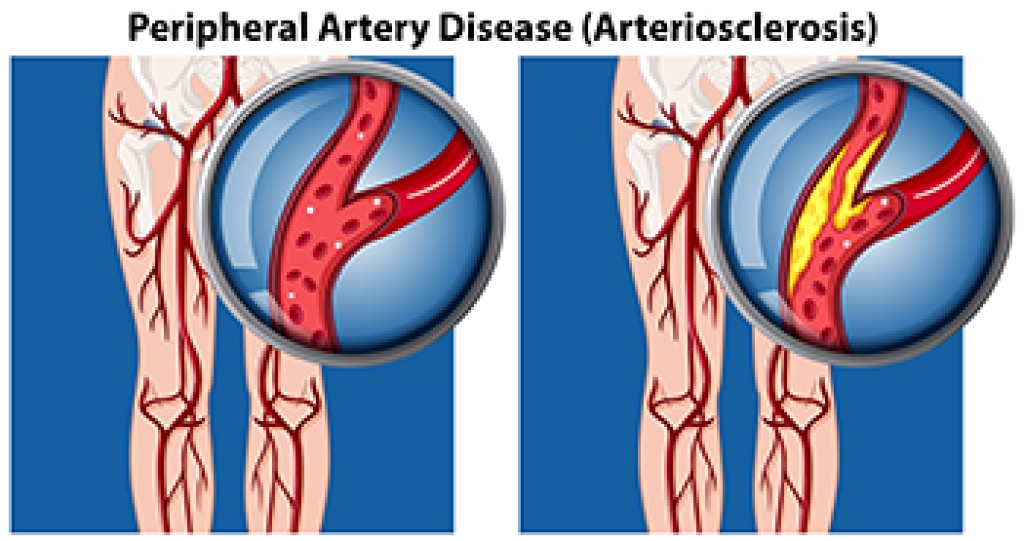
Peripheral artery disease, or PAD, is a condition that causes poor blood flow in the lower limbs due to a narrowing of the arteries in the legs. Symptoms of PAD include leg pain and cramps while walking, numbness, weakness, coldness, and poor wound healing in the feet. However, many patients do not experience any symptoms at all. A podiatrist can diagnose peripheral artery disease by obtaining a full medical history, performing a physical exam of the lower limbs, and performing a noninvasive vascular test. Treating and managing PAD is often a team effort among your primary care physician, a vascular specialist, and your podiatrist. The podiatrist can help you maintain your foot health and keep you on your feet. For more information about PAD, it is suggested that you consult with a podiatrist.
Peripheral artery disease can pose a serious risk to your health. It can increase the risk of stroke and heart attack. If you have symptoms of peripheral artery disease, consult with Mital Patel, DPM from South Shore Podiatry. Our doctor will assess your condition and provide you with quality foot and ankle treatment.
Peripheral artery disease (PAD) is when arteries are constricted due to plaque (fatty deposits) build-up. This results in less blood flow to the legs and other extremities. The main cause of PAD is atherosclerosis, in which plaque builds up in the arteries.
Symptoms
Symptoms of PAD include:
- Claudication (leg pain from walking)
- Numbness in legs
- Decrease in growth of leg hair and toenails
- Paleness of the skin
- Erectile dysfunction
- Sores and wounds on legs and feet that won’t heal
- Coldness in one leg
It is important to note that a majority of individuals never show any symptoms of PAD.
Diagnosis
While PAD occurs in the legs and arteries, Podiatrists can diagnose PAD. Podiatrists utilize a test called an ankle-brachial index (ABI). An ABI test compares blood pressure in your arm to you ankle to see if any abnormality occurs. Ultrasound and imaging devices may also be used.
Treatment
Fortunately, lifestyle changes such as maintaining a healthy diet, exercising, managing cholesterol and blood sugar levels, and quitting smoking, can all treat PAD. Medications that prevent clots from occurring can be prescribed. Finally, in some cases, surgery may be recommended.
If you have any questions, please feel free to contact our office located in Massapequa, NY . We offer the newest diagnostic and treatment technologies for all your foot care needs.